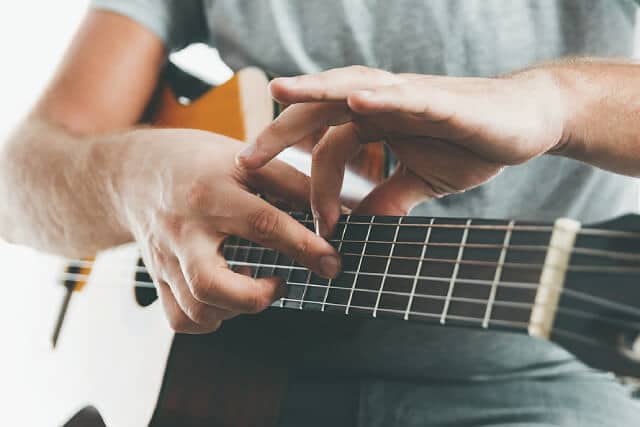In the realm of music, where technical proficiency meets artistic expression, the concept of “Guitar Yoga” emerges as a mindful and holistic approach to playing the instrument. Drawing inspiration from the principles of traditional yoga, this practice transcends the physicality of guitar playing, encouraging a union of mind, body, and music.
In this article, we will delve into what Guitar Yoga is and explore practical ways to incorporate this mindful approach into your practice routine.
Understanding Guitar Yoga
Guitar Yoga goes beyond the conventional methods of learning and playing the guitar. It integrates mindfulness, conscious breathing, and intentional focus into the practice, fostering a sense of connection between the guitarist and their instrument. The goal is not just technical mastery but also a deeper understanding of the music, a heightened awareness of body movements, and the cultivation of a meditative state during practice.
Guitar Yoga Techniques for Mindful Practice
1. Slow and steady wins the musical mind
Embrace slow practice as a foundational element of Guitar Yoga. Playing at a slower pace allows for greater precision, enabling you to observe the nuances of your technique and the emotional nuances within the music. It’s a meditative exploration of each note and chord.
2. Fretboard meditation
Dedicate time to fretboard meditation, a practice that involves gently placing your fingers on the frets without pressing down. As you breathe deeply, visualise the notes and chords in your mind. This meditative visualisation enhances your connection with the guitar and deepens your understanding of its intricacies.
3. Chord progression affirmations
Turn your chord progressions into affirmations. As you move through each chord, associate positive affirmations with the sound. For example, when playing a major chord, you might affirm strength and joy, and with a minor chord, express introspection and resilience. This mental association adds a layer of mindfulness to your playing.
4. Rhythmic mindfulness
Pay close attention to the rhythmic patterns in your playing. Use your guitar as a rhythmic anchor for your breath, syncing inhalations and exhalations with the pulse of the music. This rhythmic mindfulness not only enhances your timing but also establishes a rhythmic meditation within your practice.
5. Intuitive improvisation
Engage in intuitive improvisation, allowing your fingers to explore the fretboard without a predefined structure. Listen deeply to the notes as they unfold, and respond to the emotional resonance of each sound. This free-flowing approach fosters creativity and spontaneity in your musical expression.
Conclusion
Guitar Yoga provides a transformative approach that extends beyond technical proficiency. It invites guitarists to cultivate a harmonious connection between mind, body, and music, fostering a deep sense of presence and mindfulness in their practice and performance.
If you’re ready to embark on this journey yet are unsure of your guitar capabilities, no fret as Studio72 is here to help. Our guitar course is held in a non-judgmental space alongside our experienced instructors in the local music scene, providing you with a conducive learning environment. This goes for our other classes as well, including vocal lessons in Singapore.






